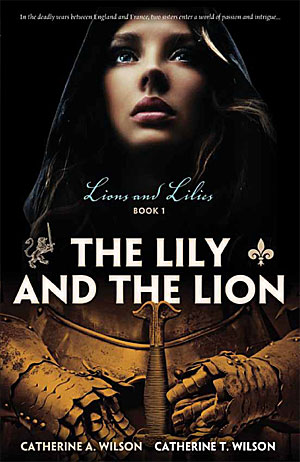 Patricia Bowmer maintains an active and engaging blog featuring almost essay length posts. The posts are contemplative and blend humour and observations on life and running with some well-chosen images. They are very much in keeping with her book Akilina, which she also promotes on the blog and an earlier memoir, In Pursuit of Joy. So the blog functions in at least three ways — to promote Patricia's books, to provide her existing readers and potential readers with additional content and maintain an ongoing link with them, and as a motivational tool to continue writing and thinking about issues important to her. An excellent model for authors wanting to build their own community and 'brand'.
Patricia Bowmer maintains an active and engaging blog featuring almost essay length posts. The posts are contemplative and blend humour and observations on life and running with some well-chosen images. They are very much in keeping with her book Akilina, which she also promotes on the blog and an earlier memoir, In Pursuit of Joy. So the blog functions in at least three ways — to promote Patricia's books, to provide her existing readers and potential readers with additional content and maintain an ongoing link with them, and as a motivational tool to continue writing and thinking about issues important to her. An excellent model for authors wanting to build their own community and 'brand'.


